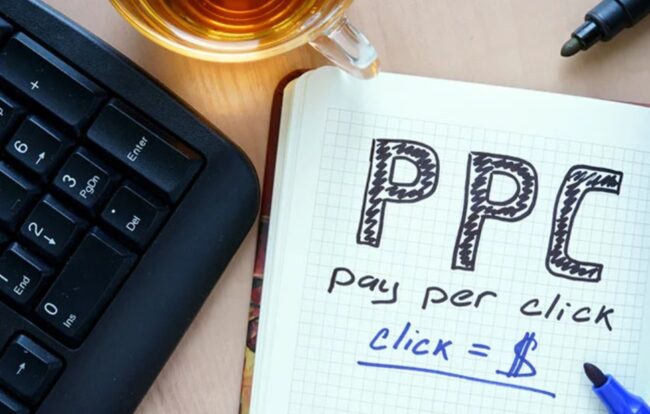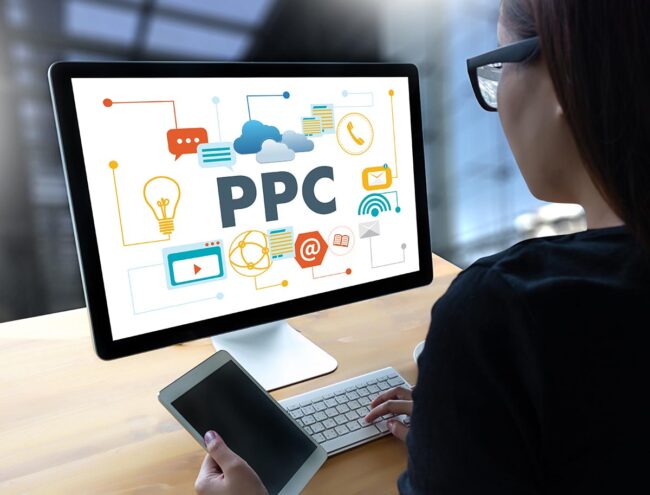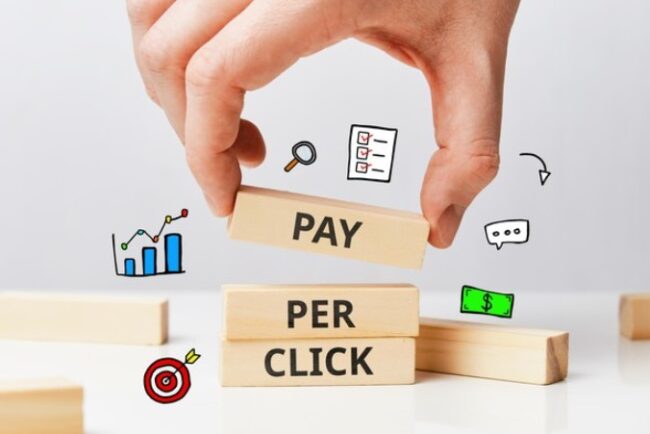The PPC or Pay-per-click advertising model is essential in digital marketing. A well-structured PPC campaign can bring beneficial results to any business in a short period of time. Through PPC you can achieve many goals such as driving more traffic to your site, bettering online visibility, generating new leads, and others. In this article, we’ll discuss 10 major points you should consider while creating a PPC campaign.
1. Goals

Understanding and defining your business goals is the first major area to pay attention to. What results do you want to receive through a PPC campaign? What issues should a PPC campaign resolve? Do you want to get website traffic or identify new leads? Clearly define what it is and structure the rest based on it.
2. Bids
Bid management is considered to be a tough task. While creating a PPC campaign you should place the highest money amount you can pay for every click that is you should define your CPC (cost per click).
It shouldn’t be too low which could bring no effects and it also shouldn’t be too high to run off all your budget. For optimizing your bids you can click here . The automated software will help you to find the best balance for bid management and will simplify your whole work. It will save you both time and money on bidding.
3. Target Audience

Behind a successful PPC campaign is a well defined target audience. To find your target audience you must answer some questions like: Who are my potential buyers? Where are they active? What could be their interests? Why do they need your product or service? By finding relevant answers to these questions you’ll find your target audience in a wider insight.
4. Keywords
PPC ads are based on keywords. SO, after finding your target audience, try to “invade” in their minds, understand their online behavior and find the words which they could type while searching for a product/service like yours. Finding the right keyword for your PPC campaign, will place your website in front of their eyes.
In this step it is also important to filter negative keywords, which you don’t want to include. Negative keyword filtering helps you not to show your ad for irrelevant searching in vain, as it won’t bring you conversion or click. This is not an easy task and requires long and patient work.
5. Ads appearance

Optimize your ads title and body. Headlines are the first thing that people see on an ad. The headlines should “convince” people to read more.
They should be to the point, keep it as short as you can, include some relevant numbers, if necessary, they should arouse positive emotions and also promise shocking or urgent information that your reader needs.
The body can be text with images or video and must be attractive, unique and fun to watch. Common ads do not make impressions anymore.
6. Call them To take Action
A full, well-structured PPC campaign should have a CTA, the call to action button. This part is very important in PPCs and can literally boost your ROI (Return on Investment). We can say that a CTA button is the last step of conceiving your potential consumer to choose you and that’s why marketers must try to better themselves at writing effective and “sticky” CTAs.
That is, it should contain simple actions to be clear for the reader what to do next, it should have one single goal, even if you’re offering many similar services or products and it should promise low risk or better no risk, like a free trial, free testing or calculating, etc…
7. Choose the right channel for the ads

As you know there are many marketing channels to place ads, like GoogleAdWords, Yahoo, Facebook and others. Adwords is perhaps the most effective and popular one as it’s easy to use, cost-effective and shows the ads to a wider range of audiences. Despite this factor, a marketer should consider some key elements before choosing the fitting channel for the PPC ad campaign.
The factors to consider are the business’s target audience, its goals and budget. After examining these points and comparing every channel with its capabilities and features, a marketer should make a wise decision for choosing the best channel.
8. Refined landing pages
When people see your PPC ad, read and watch it, after they decide to know more and click on the link, they expect to see additional information just about the product/service of the advertisement. If they click on the ad and get driven to the homepage of your business, they will likely leave immediately. This is an inconvenience for the consumer that you must exclude. Besides, the landing pages should operate quickly, with no delays or messiness, they should load fast and be easy to navigate.
9. Have Multiple Ads Groups

Relying on just one ad group is a mistake every marketer realizes one day. A single ad group limits many opportunities for campaign optimization. Every campaign you create should have up to 10 ads groups. Each ad group can have its own audience and keywords and besides, you can create several types of ads in an ad group.
10. Don’t forget A/B testing
An experienced marketer knows how it is to run a campaign without testing it. A/B testing is essential for your PPC ad campaign. After creating different variations of ads in an ad group, you can test them and know which one works best.
A/B testing allows us to run one ad for a specific audience and another to the rest. It can test different elements of the ad like headlines, CTA placement, ad’s visual appearance and others. Creating and accomplishing a PPC campaign can be simple but structuring successful PPC campaigns which will bring consistent results, requires in-depth knowledge of digital marketing.
These are the main points you should consider while making a PPC campaign. Of course, there are other points too, but the major ones are listed above, and without completing them, you can’t structure a successful ppc campaign.
